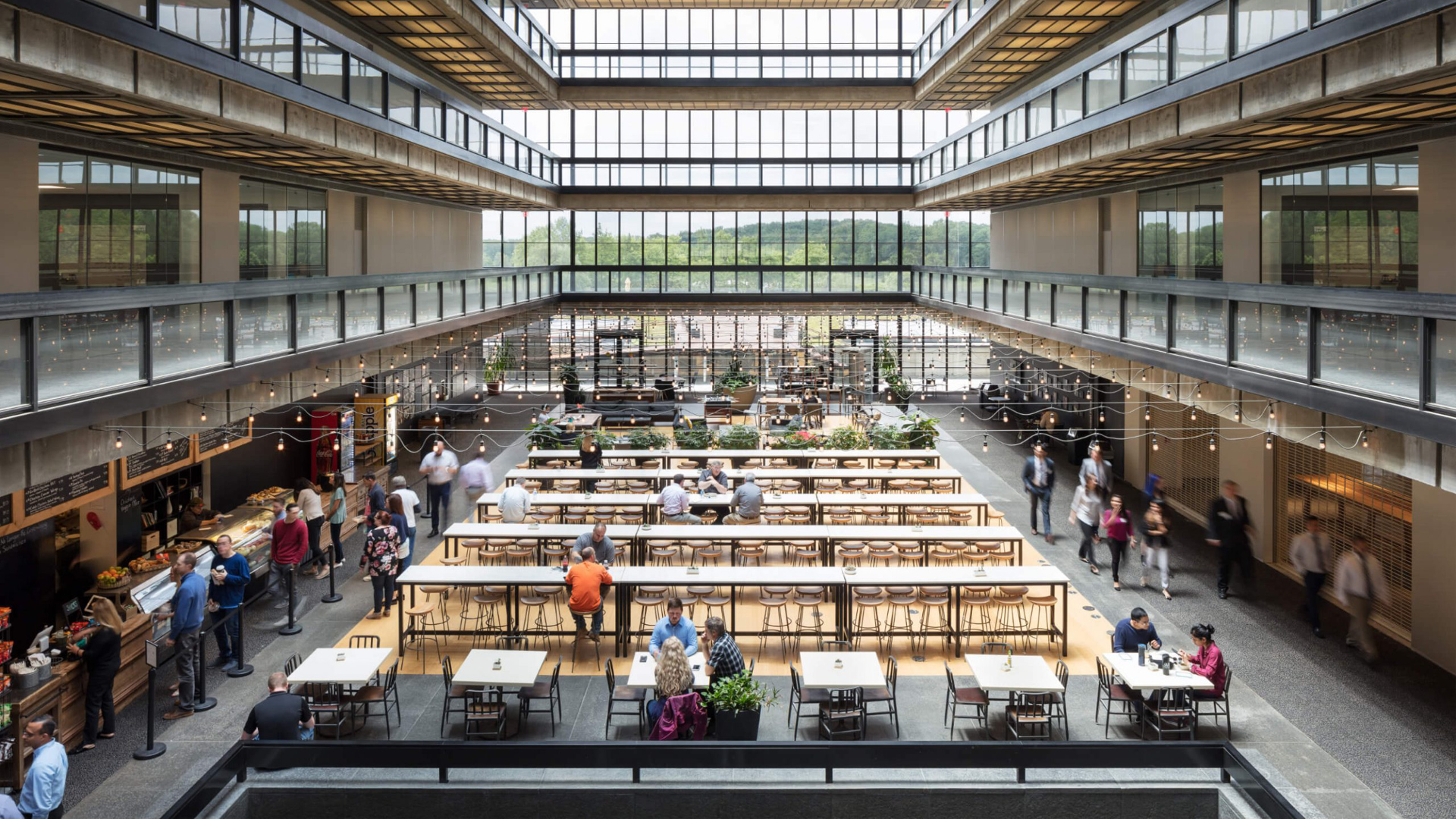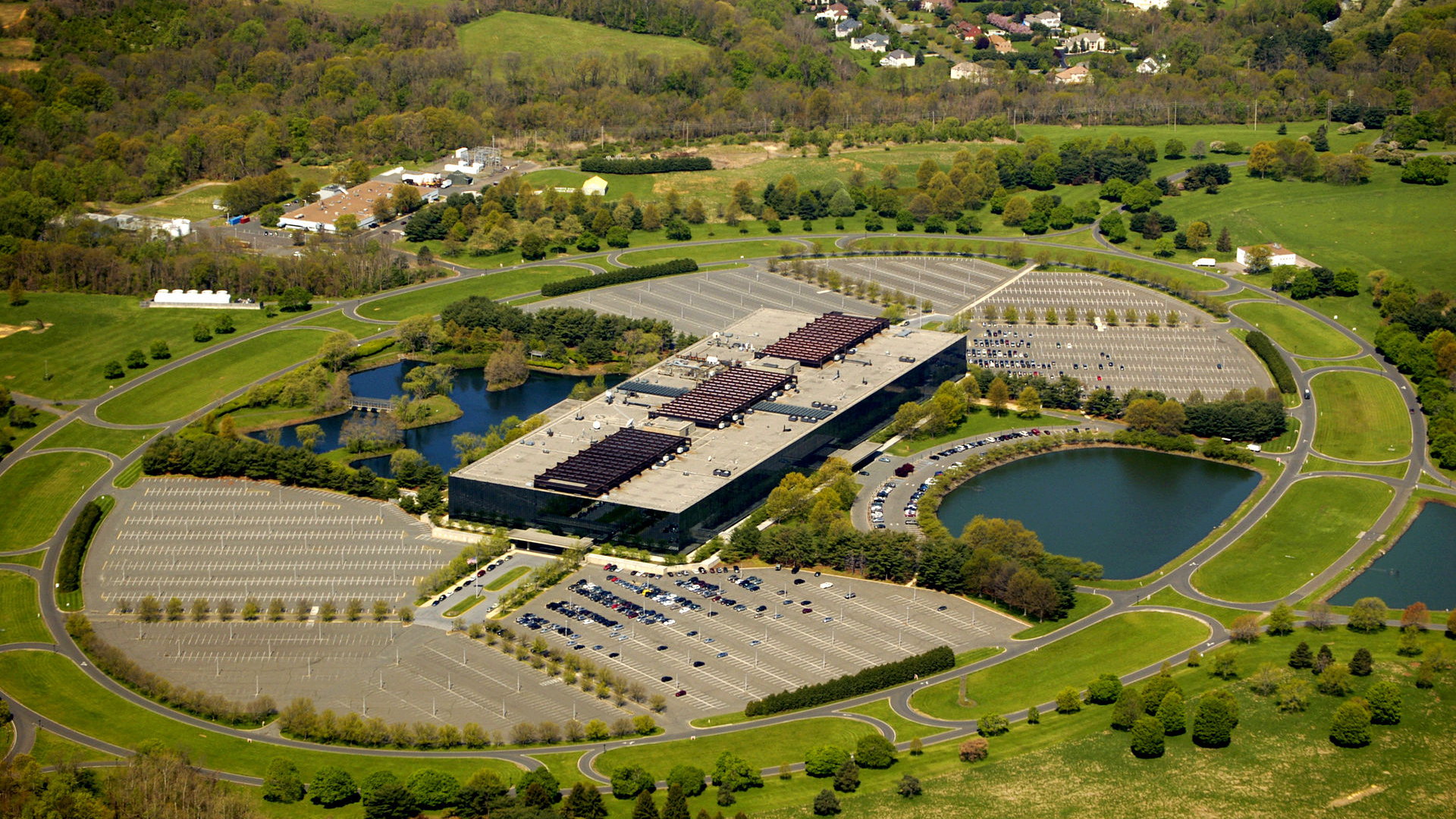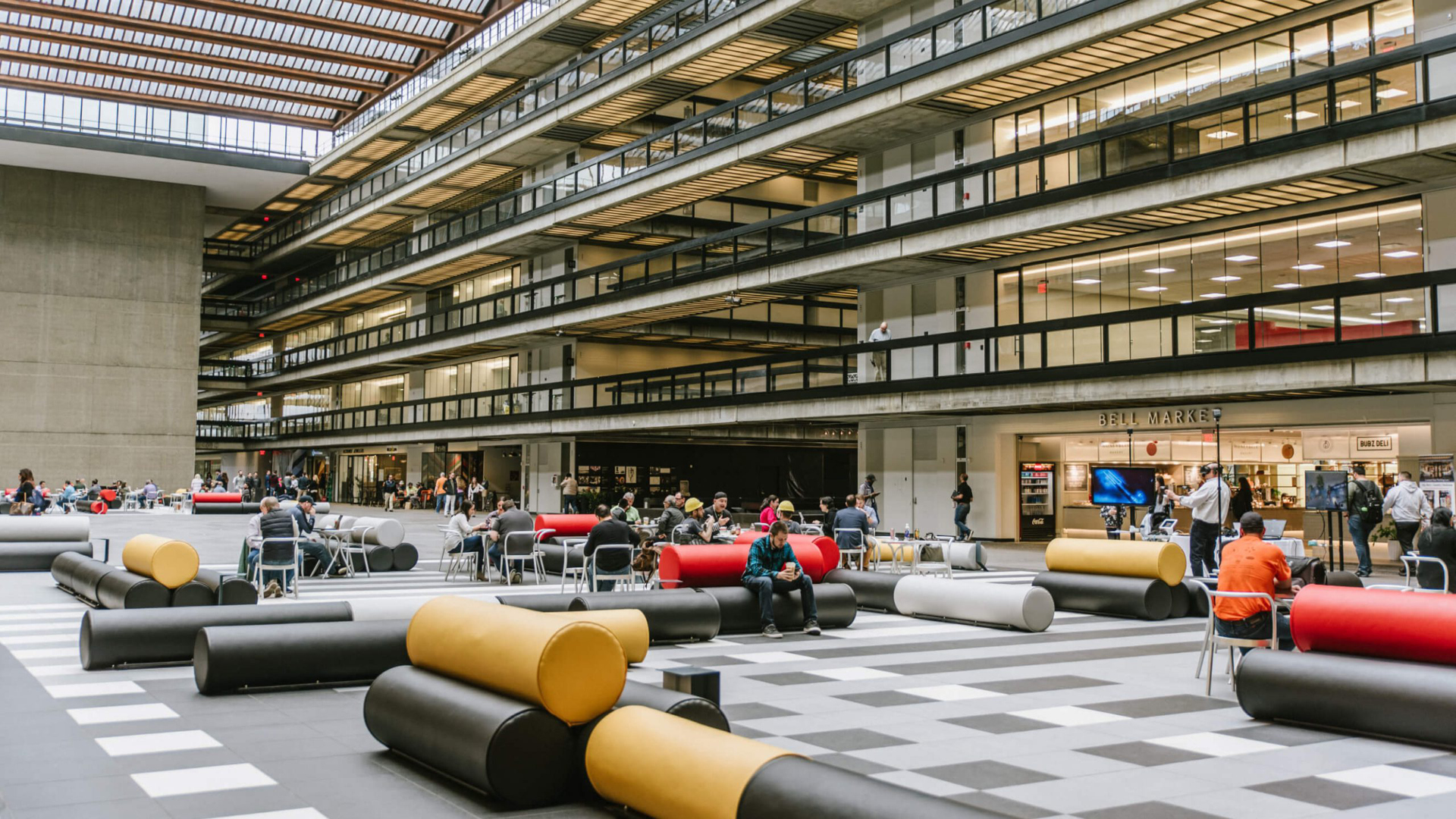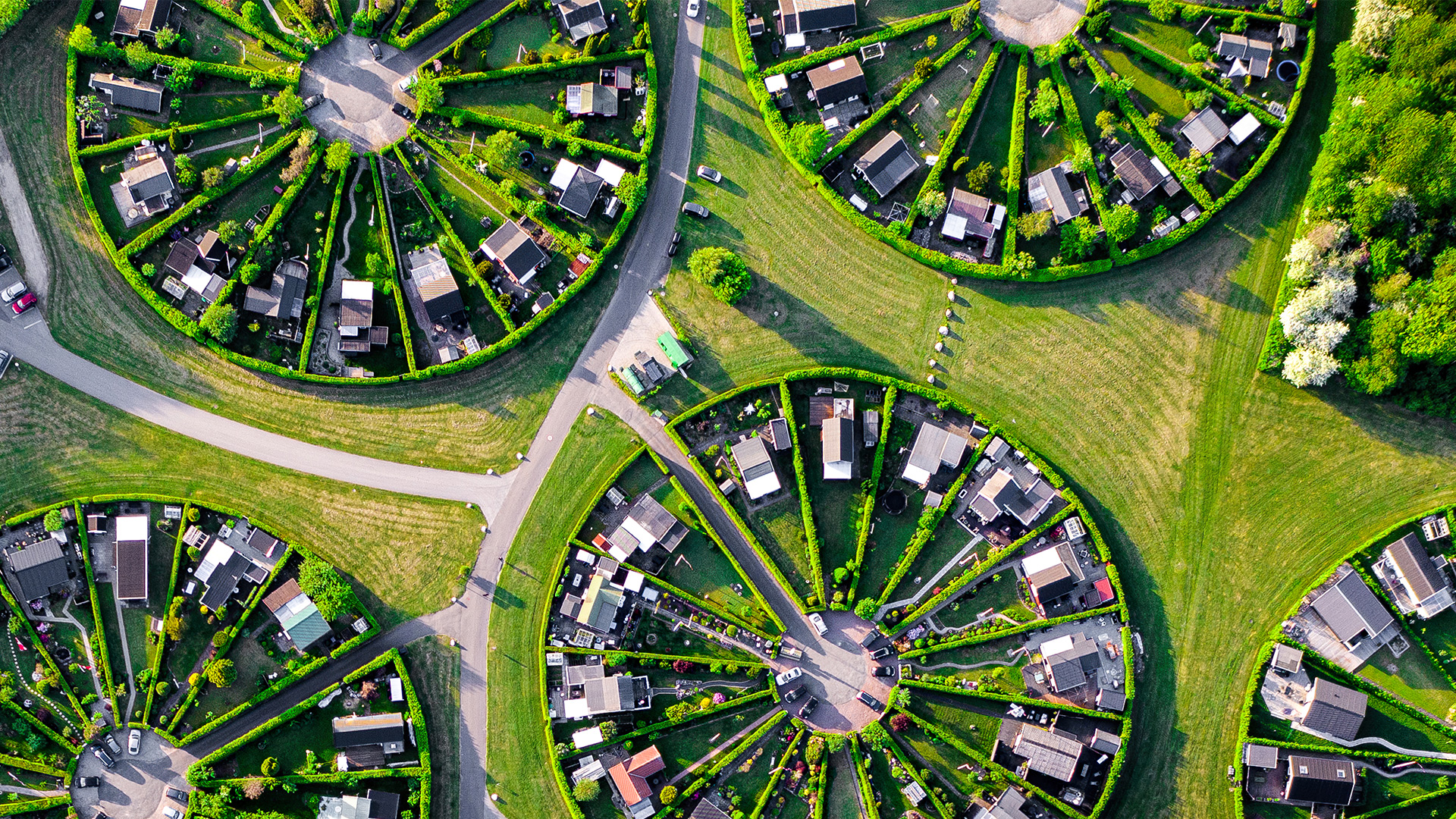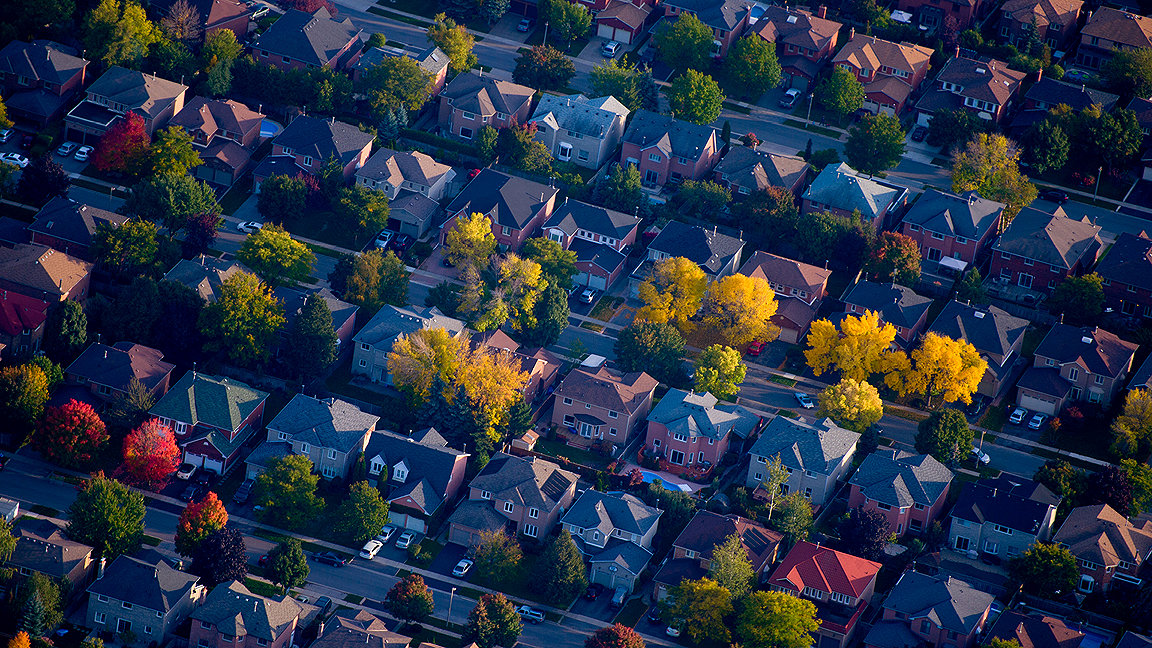
The American suburban dream of a large, detached house with a station wagon out front and malls or office parks a short drive away has been rethought over the years. Demographics have shifted, demand for amenities has changed and priorities have been reassessed.
Like many facets of the built environment, this change has been accelerated by the pandemic and the need for repurposing certain building and landscape typologies has become more acute. This is a topic June Williamson and Ellen Dunham-Jones, senior academics at The City College of New York and Georgia Institute of Technology respectively, cover in the ‘Retrofitting Suburbia: Urban Design Strategies for Urgent Challenges’.
Previously, the pair looked at facets like parking lots becoming mixed-used amenities, this new publication demonstrates the scale and ambition of over 30 suburban projects across the country from Massachusetts to Oregon. Suburbs are no longer the preserve of the car-reliant middle-classes, as walkability becomes more important and accommodation typologies like apartments for single people or couples (rather than huge family homes) are in greater demand.
Like their counterparts in the UK, the millennial generation is less likely to own property, eschewing privacy for communal space. By getting people out of their cars and pounding the pavement or into newly created pocket parks, this repurposing of the suburbs is also addressing societal issues affecting younger generations around the world such as obesity and loneliness.
Bell Works in Holmdel, an affluent part of New Jersey, is a fascinating case in point. Originally an office campus designed by Eero Saarinen, it has been carefully retrofitted to become a ‘vertical downtown’ featuring businesses such as a yoga studio, a hairdresser and a farmer’s market. “It’s an inspirational, beautiful building that originally hung its hat on being a corporate headquarters,” says Williamson. “Now, there are many different activities in the public realm, they even use the roof terrace for Fourth of July fireworks.”
New life has been breathed into La Gran Plaza in Fort Worth and former department store space has been broken up into much smaller units to become a Latino market, complete with a Mexican wrestling ring in the atrium. “The suburban retrofit now has to appeal to the dominant demographic,” says Williamson. And that dominant demographic could be a Hispanic community in Texas or an Arabic community in California.
Retrofitting the suburbs also offers the chance to build better green infrastructure and perhaps atone for previous poor planning decisions of concreting over great swathes of land. The Promenade of Wayzata, a former shopping centre in Minnesota, for example, was built over a creek which meant it flooded with pollution draining into nearby wetlands. Since 2017 it has been a transformational mixed-use project featuring a boutique hotel, offices and new landscaping as well as housing for senior citizens. The latter means those people who bought into the suburban dream in the 20th century can live out their days where they brought up their families and not have to be rehoused elsewhere. Meanwhile at Meriden, a city in Connecticut, a mall was demolished and the creek that was below the building was opened back up and the surface of the ground made lower. It’s now a stormwater park, which means when it rains, the soil can absorb the rainwater rather than causing damage to surrounding properties and neighborhoods.
Millennial motivations
Locations like Connecticut or New Jersey have become increasingly popular since the COVID-19 pandemic began as people seek out more green space and more real estate for their money. “The millennials are really dictating what’s happening in the suburbs,” says Peter Smith FRICS, part of RICS’ Governing Council and Chair of Americas World Regional Board.
“They are moving from top tier cities to second or third tier cities,” he says, pointing to Tesla’s move from California to Austin Texas or Goldman Sachs’ having its fourth largest presence in Salt Lake City, Utah. In these cases, large corporations benefit from being able to pay lower wages away from the west coast’s tech hubs. The much talked about ‘hub and spoke’ model of satellite offices around a headquarters might not have taken off in the UK but the greater distances involved in the US mean it’s a viable new workplace paradigm. Smith continues: “Millennials in particular want to live a short distance from where they work. There’s an appetite for more pedestrianisation and for communities to adopt public transportation like San Francisco.”
“They want green spaces and many are starting families so they want decent schools too,” he says. Smith has seen evidence of just such a shift in demographic in the part of LA he calls home. And large tech companies such as Google, Microsoft and Facebook’s preference for campuses outside the city centres has also contributed to the popularity of suburban areas.
This migration of former downtown office workers and their employers to other cities or even homeworking has, he says, meant bad news for owners of workspaces in the central business district. As well as millions of square feet of offices, there is an impact on the businesses that rely on the footfall of white-collar workers: businesses such as restaurants, dry cleaners and chiropractors, Smith reflects.
People who do continue to work from an office want “not just a green building with a LEED rating but a healthy building too,” says Smith. “Sustainability is a big issue in the surveying and quantity surveying sectors, I’ve seen a lot of passionate conversations in the chartered surveyor community, in terms of making sure what they are doing for their clients is sustainable and having the least environmental impact. The preferences of the millennial workforce are trickling down to property developers’ practical considerations. As a profession, we are always thinking about what the best thing is for society as a whole.”
Make sure you don’t miss anything on Modus by signing up for our newsletter.
“Millennials are really dictating what’s happening in the suburbs” Peter Smith FRICS

